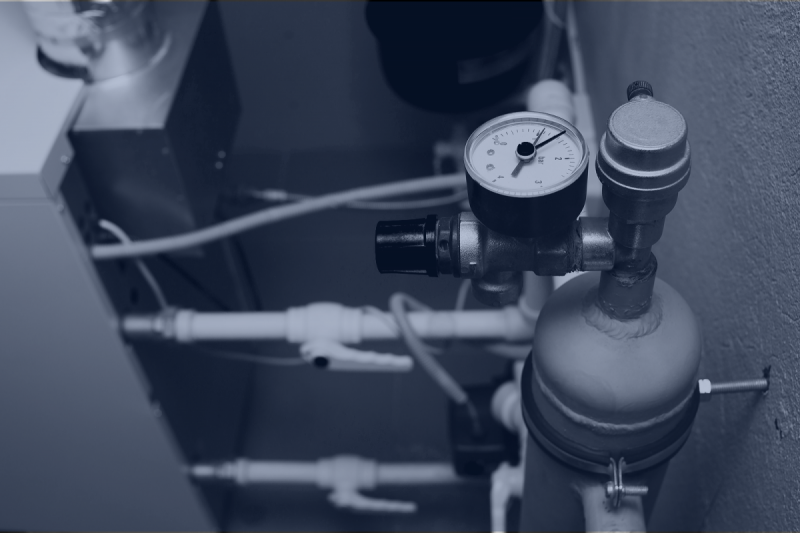It’s Time for Gas Utility Decarbonization Planning
As local and state governments begin to make commitments toward a clean energy transition, it is vital that these entities establish detailed, data-driven plans to achieve their emissions reductions and other goals. Last week, Synapse released a trailblazing white paper, Long-Term Planning to Support the Transition of New York’s Gas Utility Industry, to help guide New York State as it pursues its decarbonization goals.

The white paper describes the planning practices necessary to guide and support the transition from today’s fossil gas utility industry to one that complies with the emission requirements of New York’s Climate Leadership and Community Protection Act (CLCPA), supports the equitable distribution of energy-related benefits and burdens, maintains essential energy services, manages costs, and protects all customers.
Natural Resources Defense Council (NRDC), Sierra Club, the Regional Plan Association, Association for Energy Affordability, and New Yorkers for Clean Power jointly filed the Synapse white paper and comments in the New York Public Service Commission’s ongoing proceeding to consider changes to gas utility planning and procedures in light of the policy changes facing the industry.
Building on the Department of Public Service Staff’s Gas System Planning Process Proposal filed in this proceeding, the Synapse white paper recommends and describes two overlapping but different types of plans. The first type is statewide transition plans to establish a vision for how the industry must evolve over the long term and principles and practices to ensure the state achieves the vision. The second type is gas utility resource plans to identify the specific actions, resource investments, and infrastructure investments that each utility will undertake to achieve that long-term vision.
Drawing on Synapse’s Scoping a Future of Gas Study white paper for the Conservation Law Foundation for an analogous docket in Massachusetts, the New York white paper describes the analyses that should underpin the statewide and gas utility decarbonization plans in order to meet the CLCPA emissions reductions goals. Because of the need for fundamental structural changes in the fossil gas industry, the white paper argues that the statewide plan should consider different gas utility business models, as well as rate and bill impacts particularly for low-income and moderate-income customers. These statewide transition plans should include the following elements:
- Benefit-cost analyses (BCA) to identify least cost and low risk ways of achieving the statewide transition plan and other regulatory goals.
- Rate and bill analyses of the gas and electricity utilities to identify how different strategies will affect different customer classes.
- Energy justice analyses to identify how low-income and moderate-income customers, captive customers, and disadvantaged communities will be affected by the transition plan.
- Utility financial analyses to identify how different transition scenarios will affect utility financial viability and ability to serve customers.
- Macroeconomic analyses to identify how different transition scenarios will affect economic development in New York state.
Last week’s Long-Term Planning white paper also expands on an earlier Synapse paper, Gas Regulation for a Decarbonized New York, filed by NRDC in June of 2020 in the same proceeding. The June 2020 paper takes an in-depth look at how current regulation of the gas utility industry fails to provide the structure and incentives to meet CLCPA goals and recommends actions for reforming gas regulation.